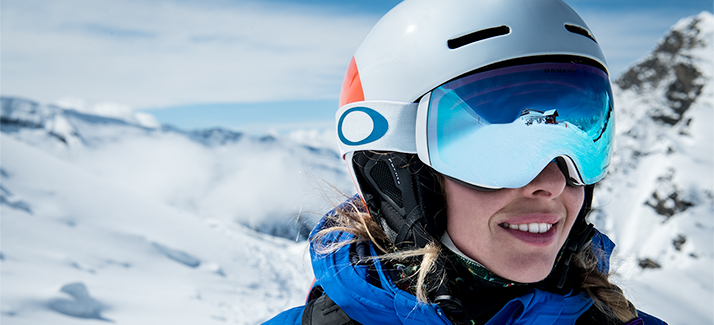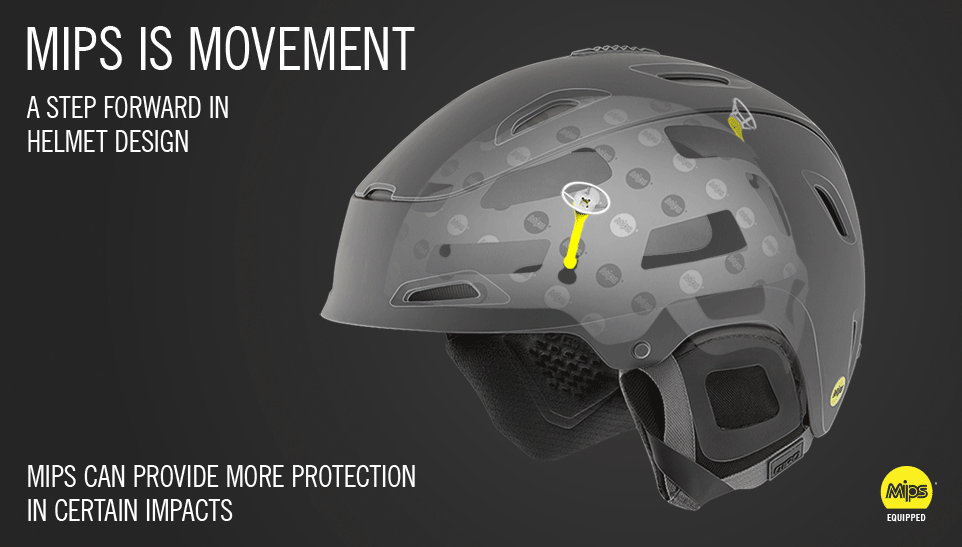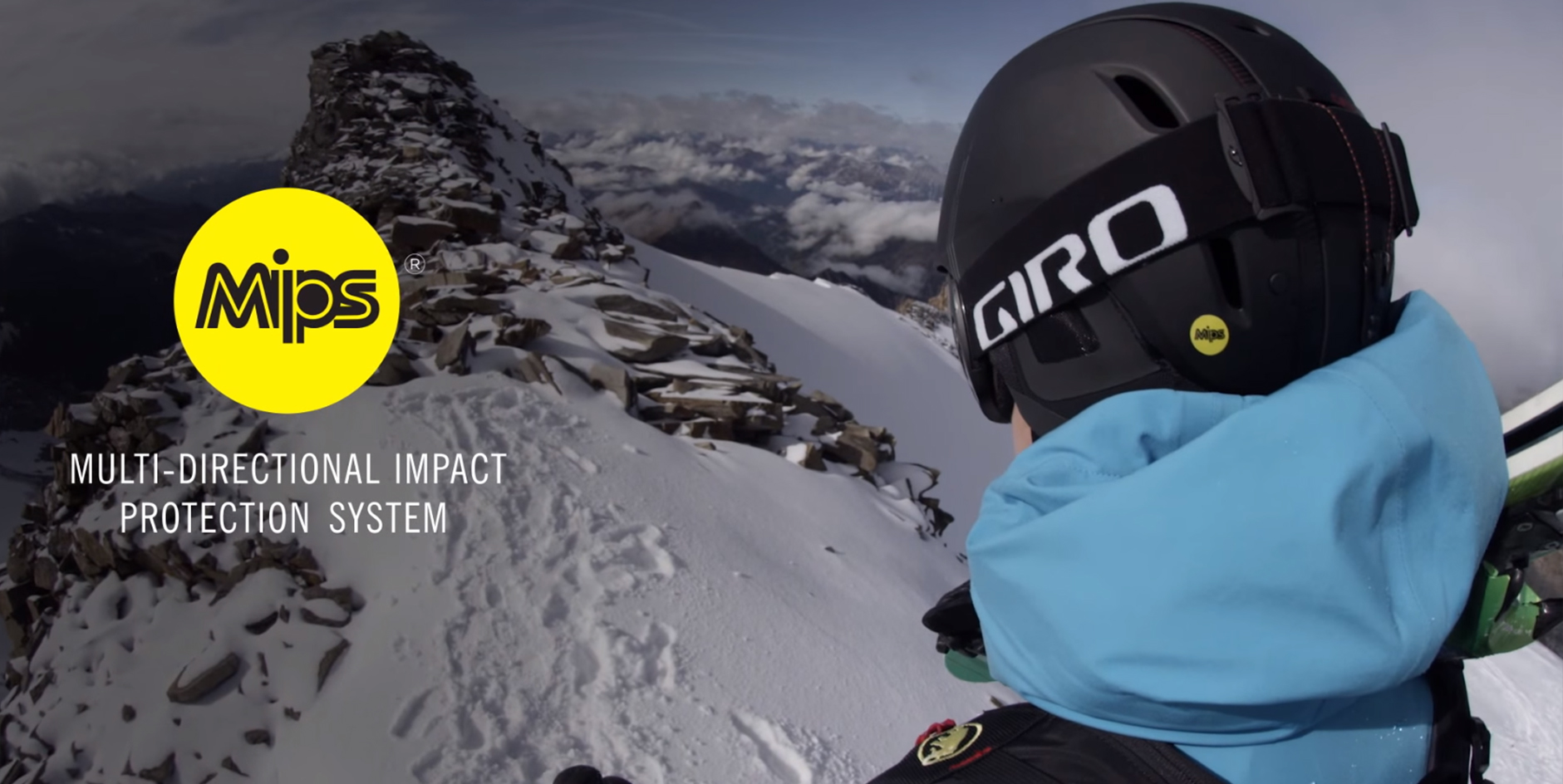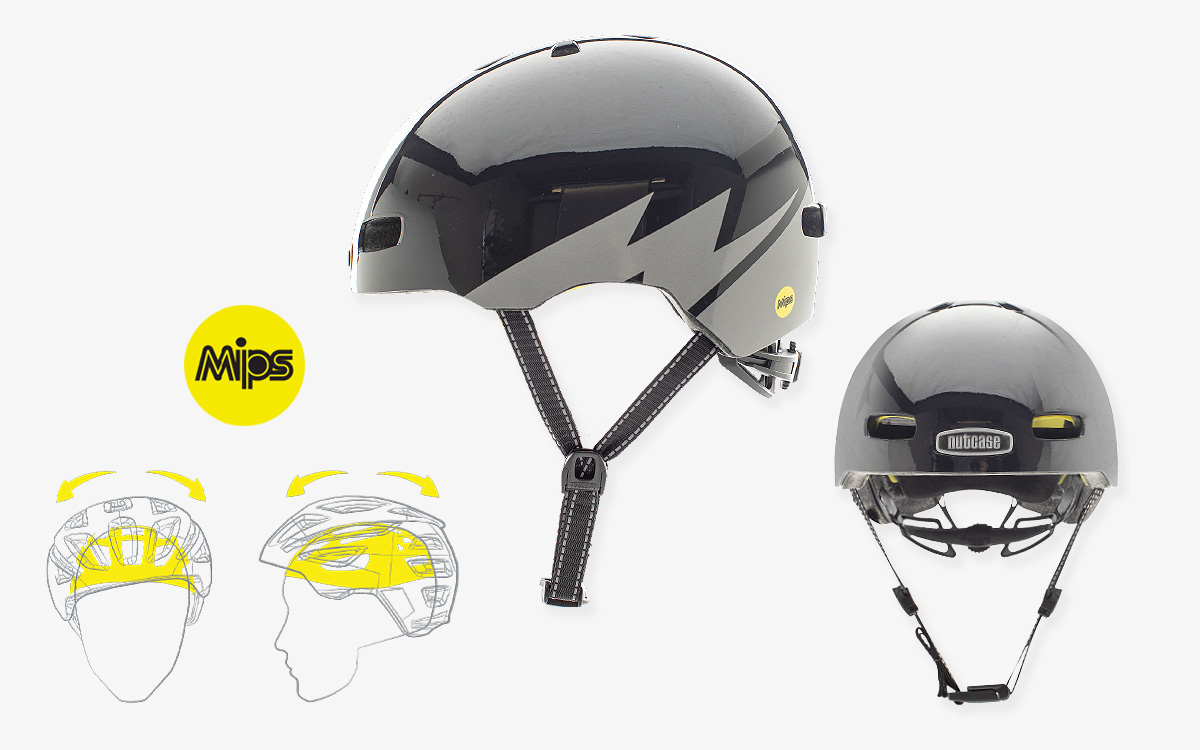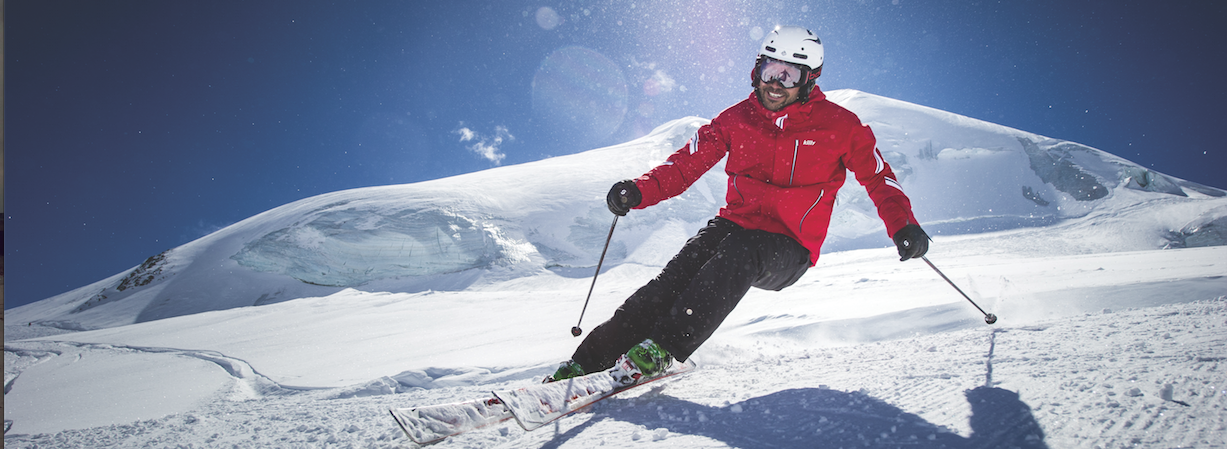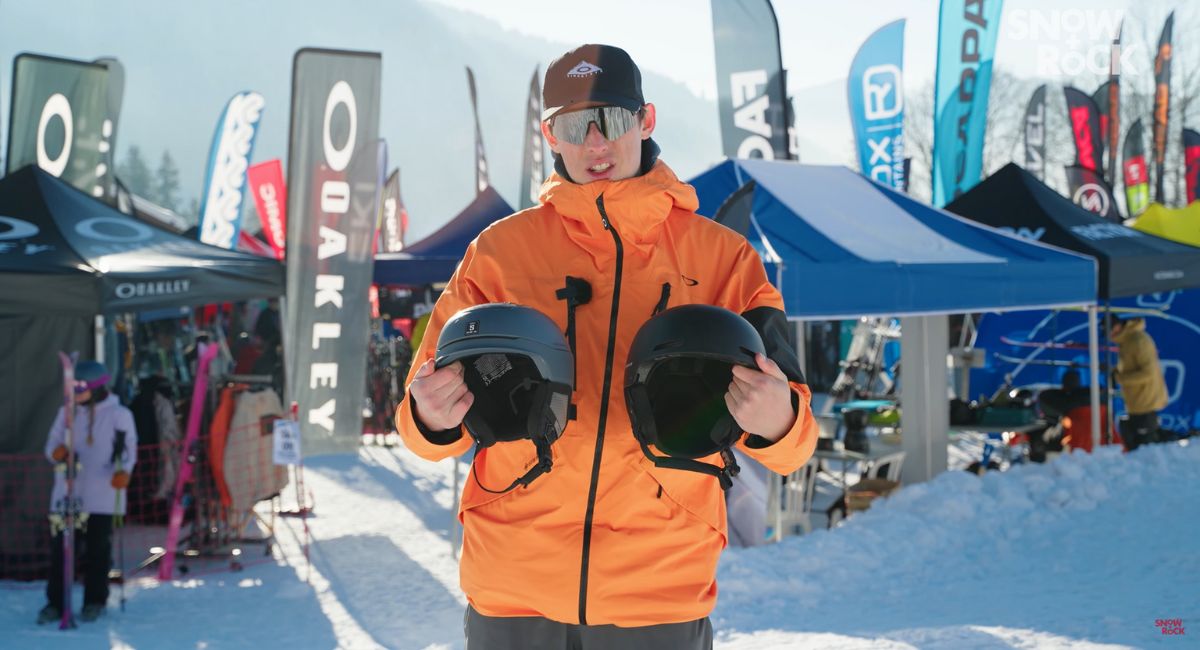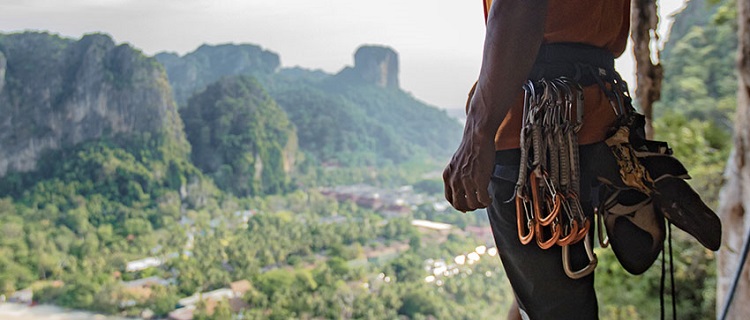For snowboarders, skiers, cyclists, and adventure sports enthusiasts, helmets are non-negotiable safety gear. But not all helmets are created equal. Enter MIPS helmet technology – a revolutionary system designed to address a critical gap in traditional helmet safety: protection against rotational forces caused by angled impacts. In this deep dive, we’ll explore how MIPS works, why it matters, and how it’s reshaping head protection across sports and industries.
What is MIPS Helmet Technology?
Over the past decade, a new technology called MIPS has emerged as a game-changer in helmet safety. MIPS stands for Multi-directional Impact Protection System, and it’s specifically engineered to address a critical weakness in traditional helmets: the way they handle rotational forces during angled impacts.
Most helmet safety standards focus on linear impacts—those that come straight on, as if you were falling directly onto the top of your head. However, real-life accidents rarely happen this way. More often than not, impacts occur at an angle, generating rotational forces that can twist the brain inside the skull. These rotational forces are a leading cause of concussions and other serious brain injuries.
MIPS technology mimics the brain’s own protective mechanism. Inside the skull, the brain is surrounded by cerebrospinal fluid, which allows it to move slightly and absorb some of the energy from impacts. MIPS helmets incorporate a low-friction layer—often marked by a distinctive yellow liner—between the helmet’s outer shell and inner padding. This layer allows the helmet to rotate slightly (about 10–15mm) relative to the head during an angled impact, helping to absorb and redirect rotational energy away from the brain.
The result? A significant reduction in the risk of brain injuries caused by rotational motion. MIPS technology is now found in helmets from leading snow sport brands such as Scott, Sweet Protection, Salomon, and POC, making it a staple for skiers and snowboarders who prioritise safety.
How Does MIPS Helmet Technology Work?
To understand why MIPS is so important for skiers and snowboarders, it’s essential to recognise how most accidents happen on the slopes. Falls rarely occur in a straight line; instead, they typically involve glancing blows or tumbles at an angle. These angled impacts create rotational forces that can strain and damage brain tissue, even if the helmet itself remains intact.
The MIPS system is ingeniously simple yet highly effective. Inside a MIPS-equipped ski or snowboard helmet, there’s a low-friction layer between the comfort padding and the crushable EPS (Expanded Polystyrene) liner. When an angled impact occurs, this layer allows the helmet’s outer shell to move independently of the head for a brief moment. This movement absorbs and redirects rotational energy, reducing the amount of force that reaches the brain.
Studies and independent tests have shown that MIPS can reduce rotational acceleration by 10–50%, depending on the severity and angle of the impact. This reduction is crucial for preventing concussions and other traumatic brain injuries, which are all too common in snow sports.
In practical terms, this means that if you take a tumble on a black run or catch an edge on a snowboard, your MIPS helmet is working behind the scenes to protect your brain from the most dangerous types of forces. It’s not just about preventing skull fractures—it’s about safeguarding your brain from the twisting and shearing motions that can cause lasting damage.
Why Choose a MIPS Helmet?
Choosing a helmet with MIPS technology is one of the best decisions you can make for your safety, whether you’re an elite athlete or a weekend warrior. The benefits of MIPS helmets extend far beyond just meeting basic safety standards—they offer a higher level of protection that can make a real difference in the event of an accident.
First and foremost, MIPS helmets provide enhanced protection against brain injuries. By reducing rotational forces, they lower the risk of concussions, subdural hematomas, and diffuse axonal injuries. These types of injuries can have serious, long-term consequences, so anything that helps mitigate them is worth considering.
Another major advantage of MIPS helmets is their comfort and fit. Many people worry that adding extra technology to a helmet will make it bulkier or less comfortable, but MIPS is designed to be lightweight and unobtrusive. The low-friction layer typically adds only 20 to 45 grams to the helmet—about the weight of a small energy bar—so you won’t even notice the difference when you’re wearing it.
MIPS helmets are also incredibly versatile. They’re available for a wide range of activities, including cycling, skiing, snowboarding, motocross, and even industrial applications like construction and forestry. This means you can enjoy the benefits of MIPS technology no matter what your sport or profession.
Finally, MIPS helmets are future-proof. As safety standards and regulations evolve, more and more organizations are recognizing the importance of protecting against rotational forces. By choosing a MIPS helmet now, you’re staying ahead of the curve and ensuring that your gear meets the latest safety requirements.
Debunking Common Myths About MIPS Helmets
Despite the growing popularity of MIPS technology, there are still some misconceptions and myths that persist. Let’s take a closer look at some of the most common ones and set the record straight.
Myth 1: MIPS helmets are less durable than traditional helmets.
This is simply not true. MIPS helmets undergo the same rigorous testing as non-MIPS helmets, including drop tests, penetration tests, and durability assessments. The low-friction layer is designed to withstand repeated impacts and maintain its effectiveness over time. In fact, many MIPS helmets are just as durable—if not more so—than their traditional counterparts.
Myth 2: Only professional athletes need MIPS helmets.
While it’s true that professional athletes often use the latest and greatest gear, MIPS technology is beneficial for everyone. Studies show that the majority of cycling accidents involve angled impacts, which generate rotational forces. Whether you’re a casual rider, a weekend skier, or a daily commuter, you can benefit from the added protection that MIPS provides.
Myth 3: MIPS helmets are less comfortable or harder to fit.
Many people worry that the extra layer inside a MIPS helmet will make it less comfortable or harder to fit properly. In reality, MIPS helmets are designed to be just as comfortable and easy to fit as traditional helmets. The low-friction layer is thin and flexible, and it doesn’t interfere with the helmet’s overall fit or ventilation.
Myth 4: You can add MIPS to an old helmet.
Unfortunately, this isn’t possible. MIPS technology is integrated into the helmet during the manufacturing process, so it can’t be added to an existing helmet. If you want the benefits of MIPS, you’ll need to purchase a new helmet that’s specifically designed with the system.
How to Choose the Right MIPS Helmet for Your Needs
With so many MIPS helmets on the market, it can be overwhelming to choose the right one. Here are some key factors to consider to ensure you get the best protection and fit for your specific needs.
First and foremost, fit is critical. A helmet that doesn’t fit properly won’t provide optimal protection, no matter how advanced the technology. When trying on a MIPS helmet, make sure it sits snugly on your head without any pressure points. The helmet should feel secure but not uncomfortably tight. The MIPS layer should not affect the sizing or fit—if it does, you may need to try a different model or size.
Next, consider the type of activity you’ll be using the helmet for. Different sports and activities have different safety requirements and helmet designs. For example, cycling helmets are designed to be lightweight and aerodynamic, while ski and snowboard helmets often include insulation and goggle compatibility. Make sure you choose a helmet that’s specifically designed for your sport.
Look for the right certifications. Depending on where you live and what you’ll be using the helmet for, different safety certifications may apply. In Europe, look for the CE mark; in the United States, look for CPSC certification; in Australia and New Zealand, look for AS/NZS certification. These certifications ensure that the helmet meets minimum safety standards for your region.
Consider additional features that may enhance your comfort and safety. Many MIPS helmets come with features like adjustable fit systems, ventilation channels, and compatibility with accessories like lights or cameras. These features can make your helmet more comfortable and versatile, so it’s worth considering what’s important to you.
Finally, don’t forget about style and personal preference. While safety is the top priority, you’ll be more likely to wear your helmet if you like how it looks and feels. Most major brands offer a wide range of colors and designs, so you can find a MIPS helmet that matches your style.
How MIPS Is Tested
When Von Holst began his research into finding an injury solution in high speed collisions, he found that contemporary testing systems were inadequate and didn’t account for the directional nature of the impact. The MIPS® team set out to create a brand new mechanism to test their designs in a moving environment that is more accurately reflected the forces in motion.
The results spoke for themselves:

All You Need To Keep Safe On The Slopes
MIPS helmet technology has become the gold standard for head protection in skiing and snowboarding. By addressing the specific risks posed by rotational forces on the slopes, MIPS offers a measurable improvement in safety for riders of all ages and skill levels. Whether you’re hitting the groomers, exploring the backcountry, or competing at the highest level, a MIPS-equipped helmet is one of the best investments you can make for your safety on the mountain. Discover the power of MIPS for yourself this season with our fantastic selection of snowsports helmets, made for the slopes, powder, and backcountry at Snow+Rock:
FAQs
A: Most MIPS-equipped helmets feature a small yellow MIPS logo or a yellow liner inside the helmet. If you’re unsure, check the product description or packaging for the MIPS designation.
A: No, MIPS helmets are not hotter than regular helmets. The low-friction layer is thin and doesn’t interfere with the helmet’s ventilation system. You’ll enjoy the same airflow and comfort as you would with a non-MIPS helmet.
A: No, MIPS technology is integrated into the helmet during manufacturing and cannot be added to an existing helmet. If you want the benefits of MIPS, you’ll need to purchase a new helmet.
A: MIPS helmets are often slightly more expensive than non-MIPS models, but the price difference is usually modest. Given the added protection they provide, many people find the extra cost to be well worth it.
A: Yes, you can attach accessories such as cameras, lights, or mirrors to a MIPS helmet, but it’s important to ensure that the attachment does not restrict the movement of the MIPS low-friction layer. Always follow the manufacturer’s instructions for accessory installation to maintain optimal safety.
The MIPS system can only provide its full protective benefit if the helmet stays securely on your head during an impact. A properly fastened chinstrap ensures that the helmet remains in place, allowing the MIPS layer to function as intended and reducing the risk of injury.
MIPS helmets are tested for both linear (straight-on) and rotational (angled) impacts. While the MIPS system specifically addresses rotational forces, the helmet as a whole must still meet all required safety standards for linear impacts in the region where it is sold.
A: Yes, MIPS helmets have been rigorously tested and proven effective in reducing rotational forces transmitted to the brain during impacts. Numerous studies and real-world scenarios support their efficacy, making them a smart investment for anyone prioritising safety on the slopes or trails.
Related Articles

Let us know you agree to cookies
We use marketing, analytical and functional cookies as well as similar technologies to give you the best experience. Third parties, including social media platforms, often place tracking cookies on our site to show you personalised adverts outside of our website.
We store your cookie preferences for two years and you can edit your preferences via ‘manage cookies’ or through the cookie policy at the bottom of every page. For more information, please see our cookie policy.
